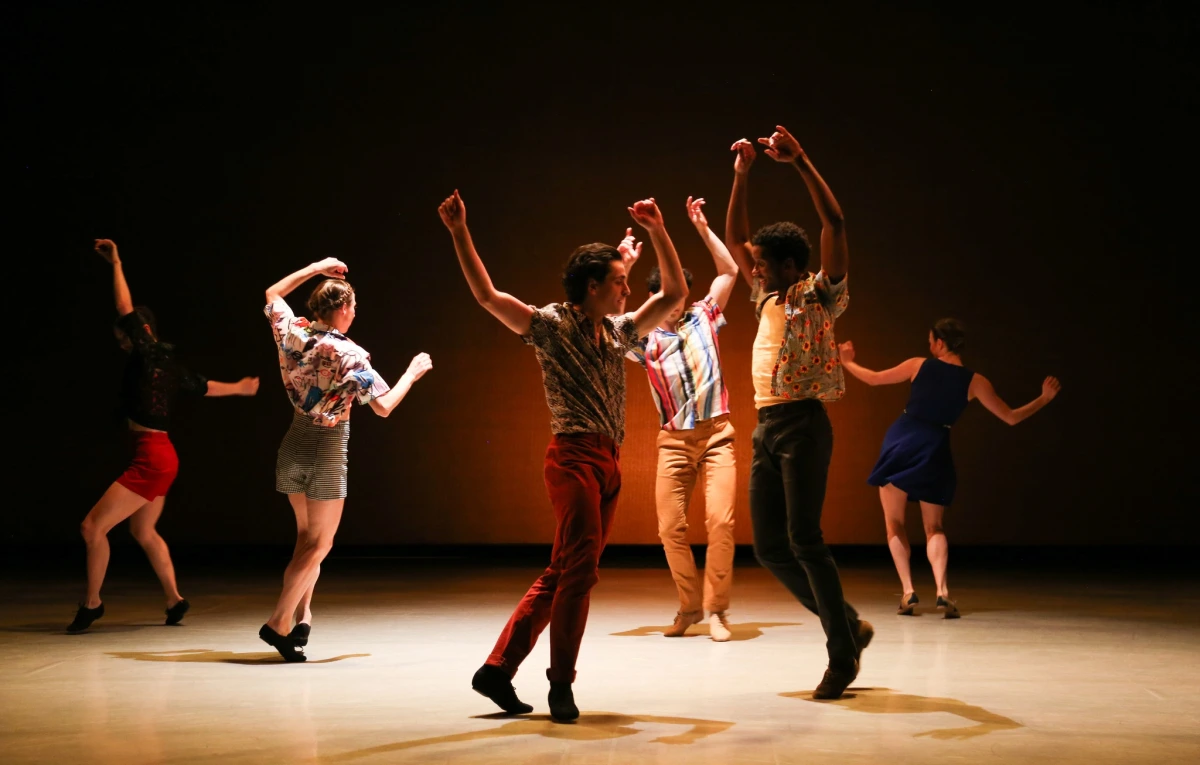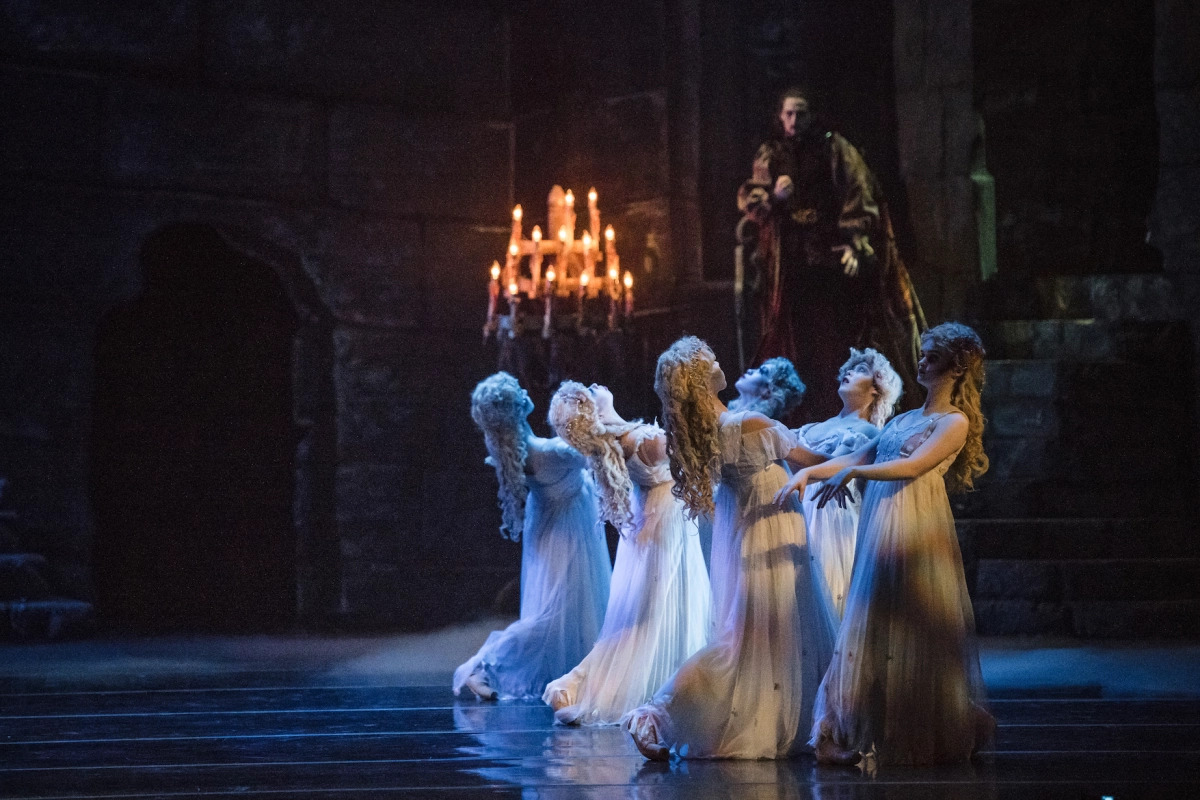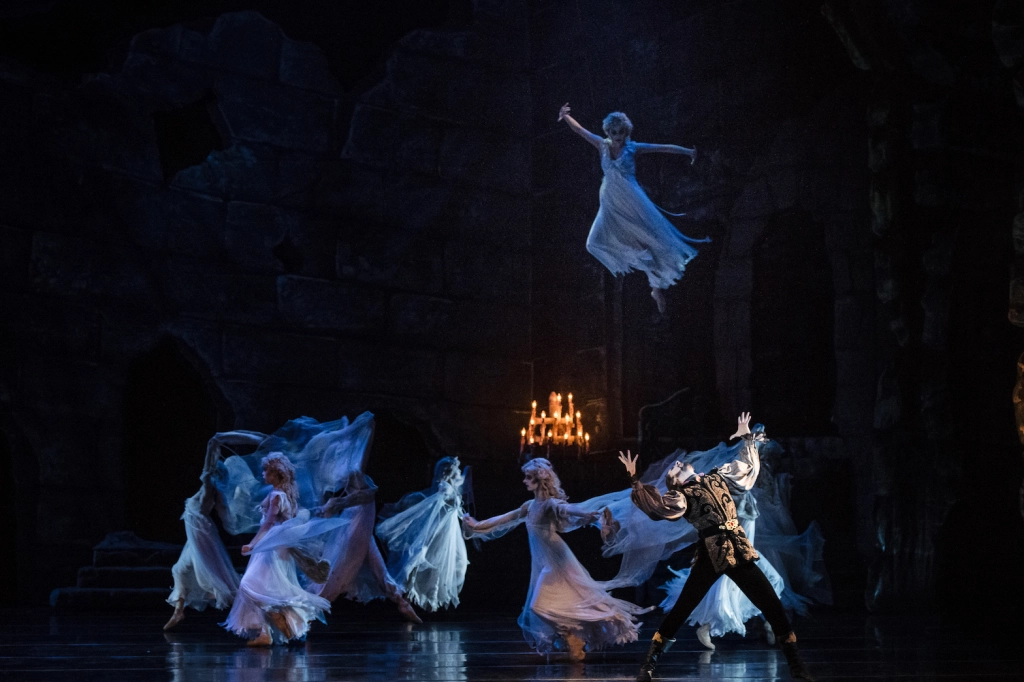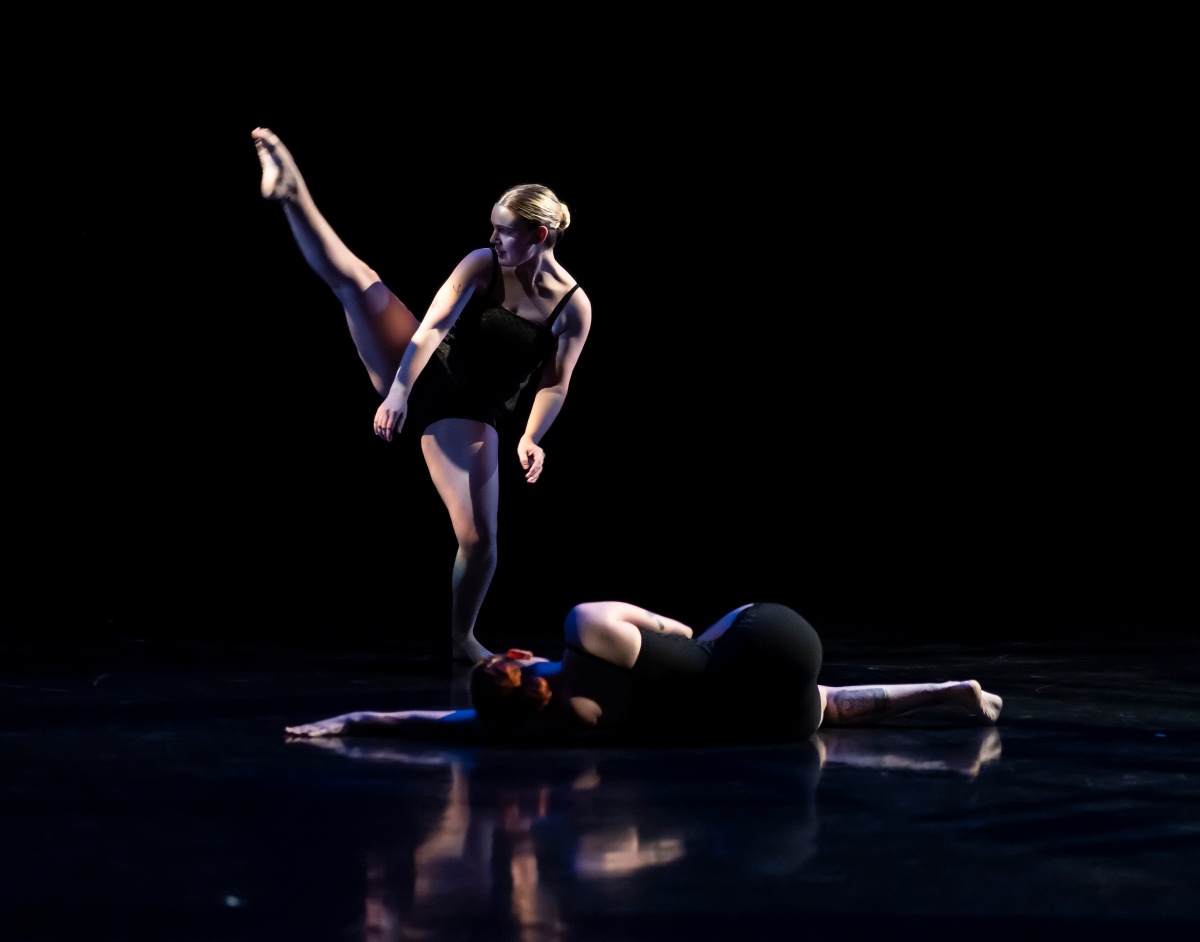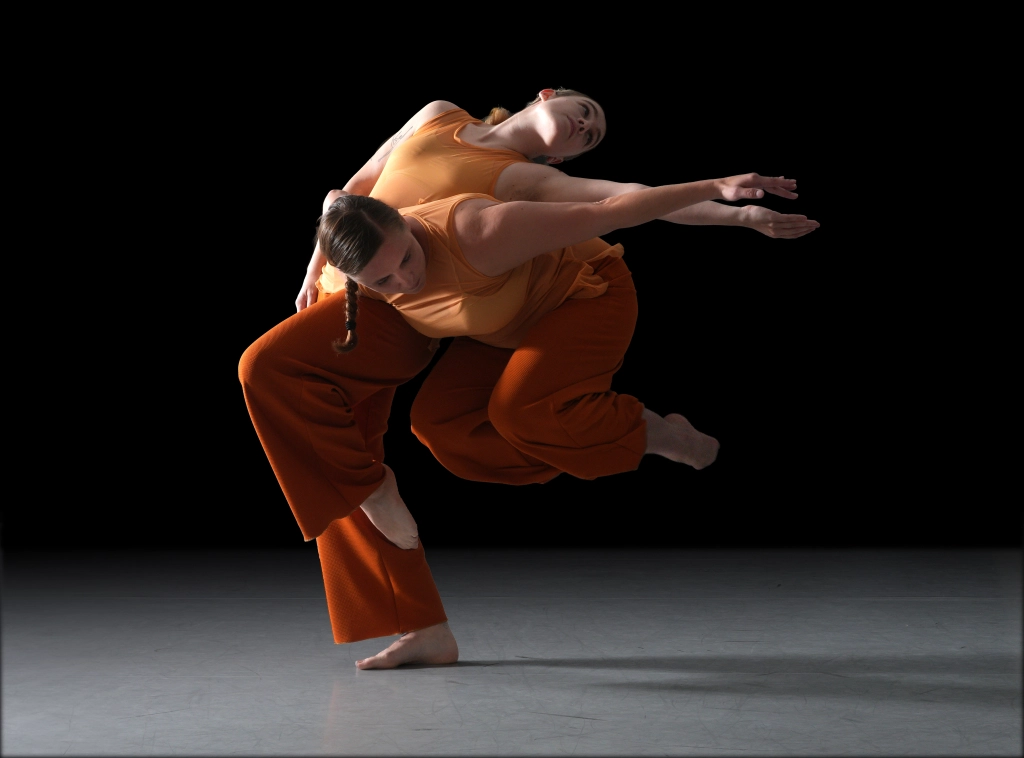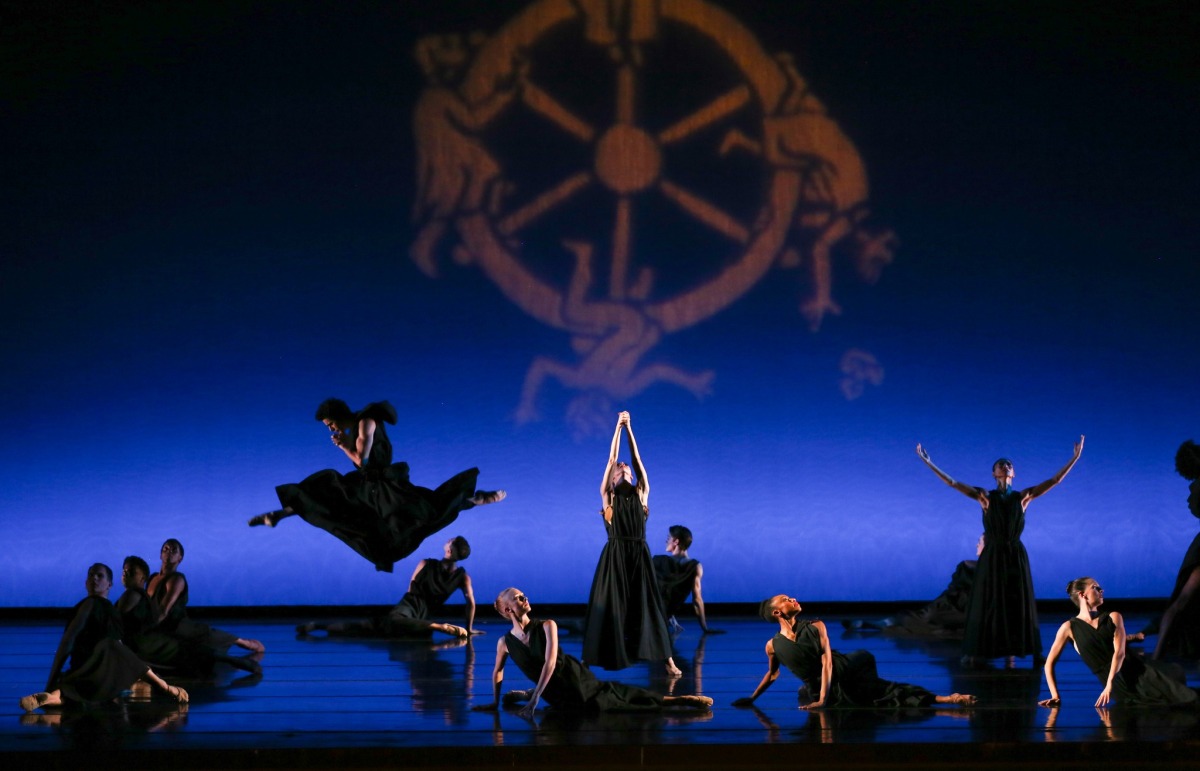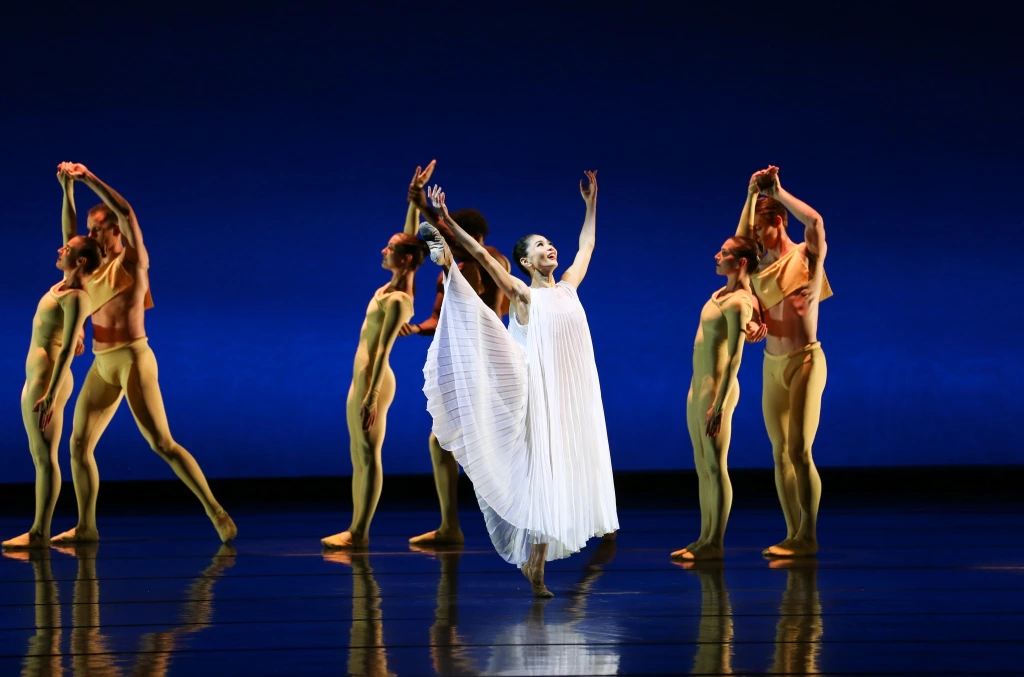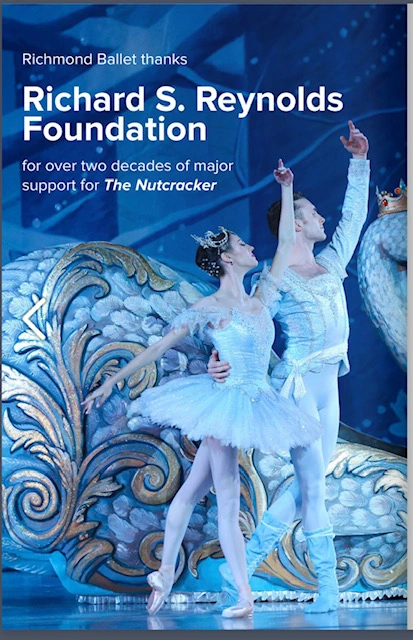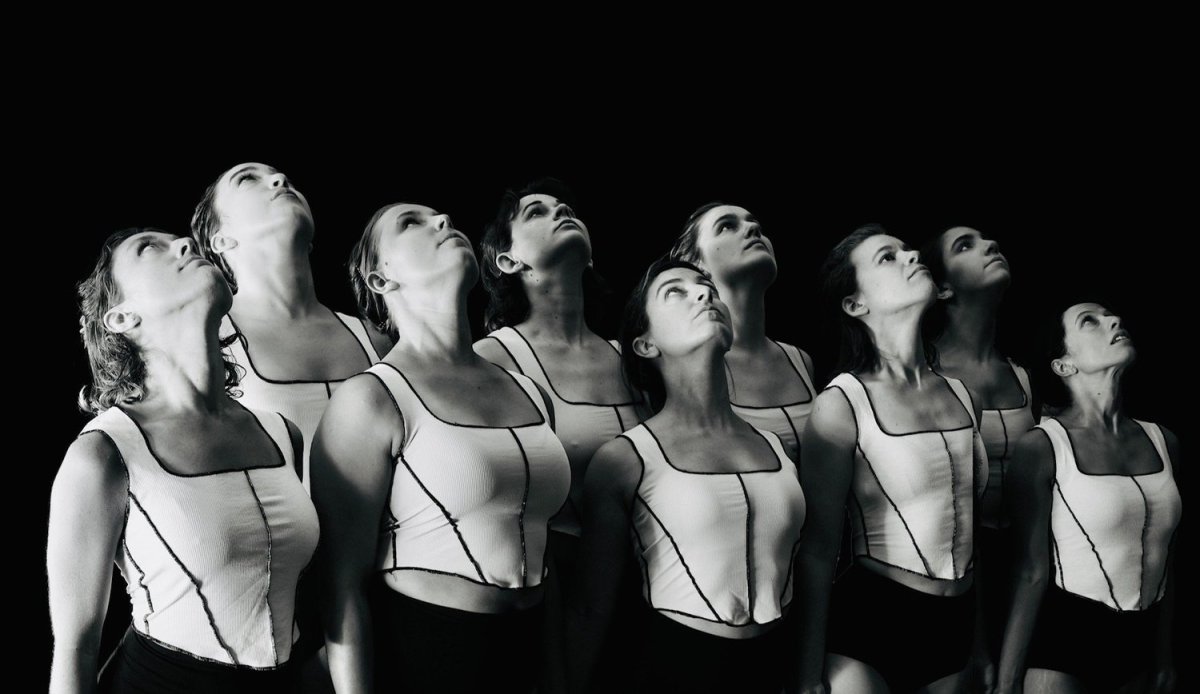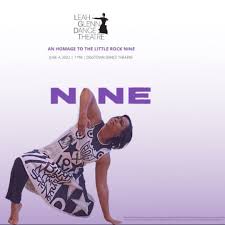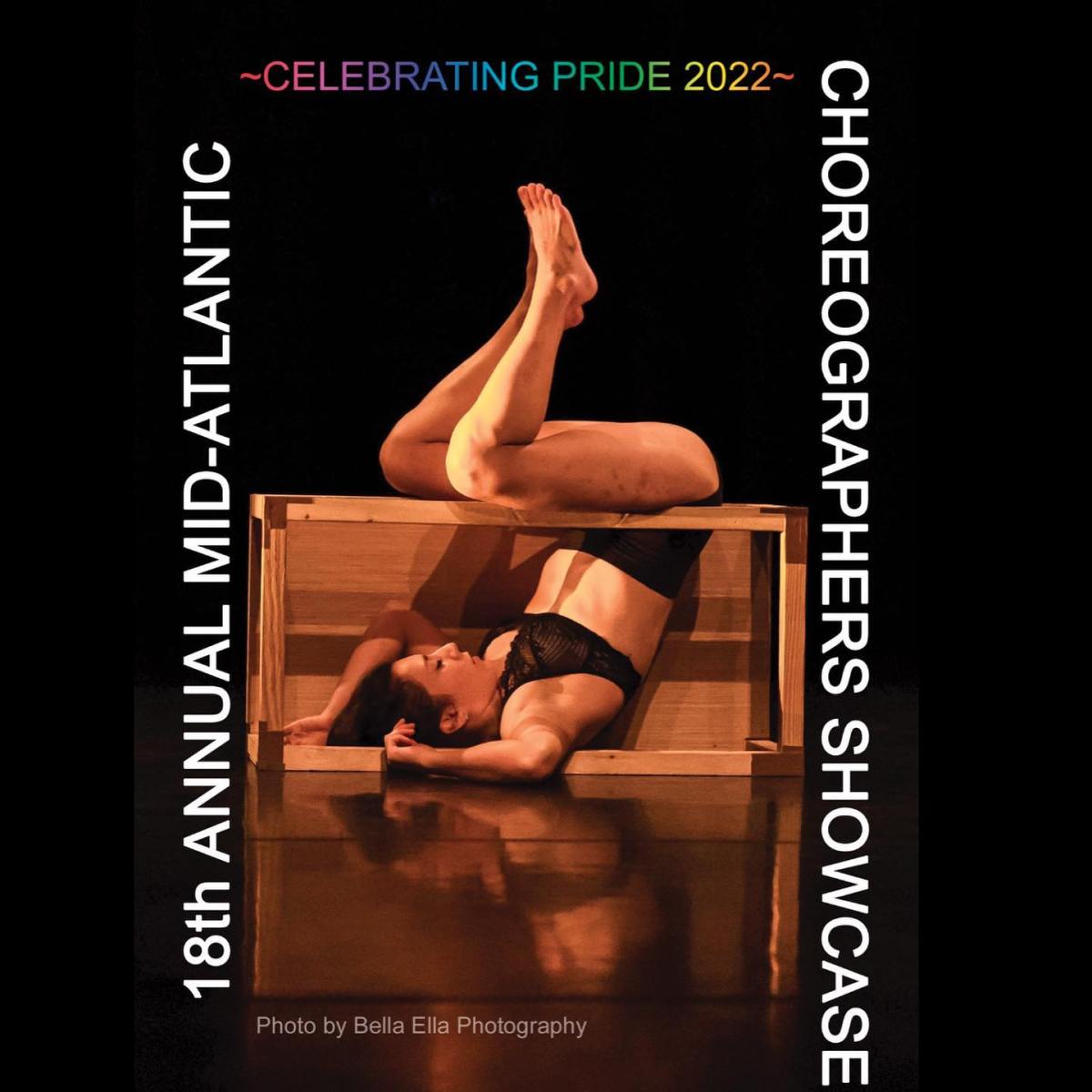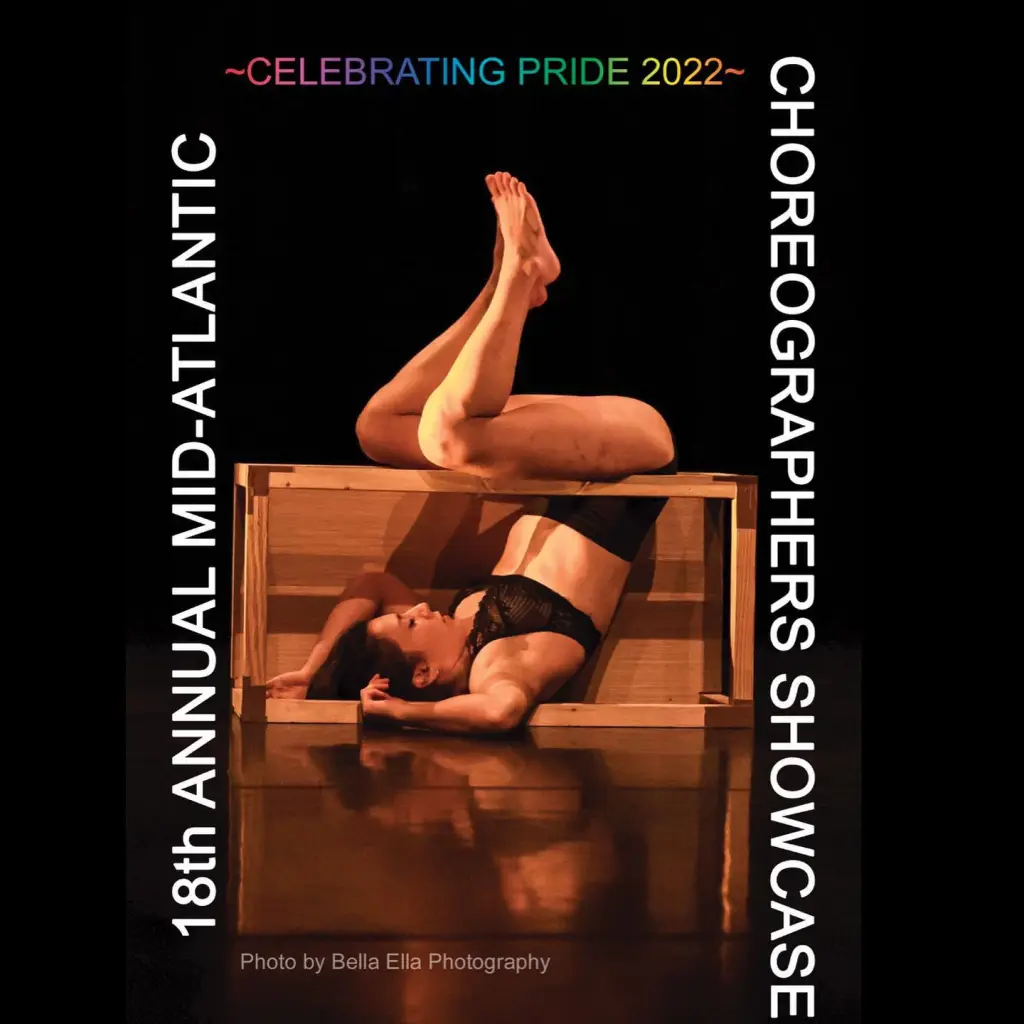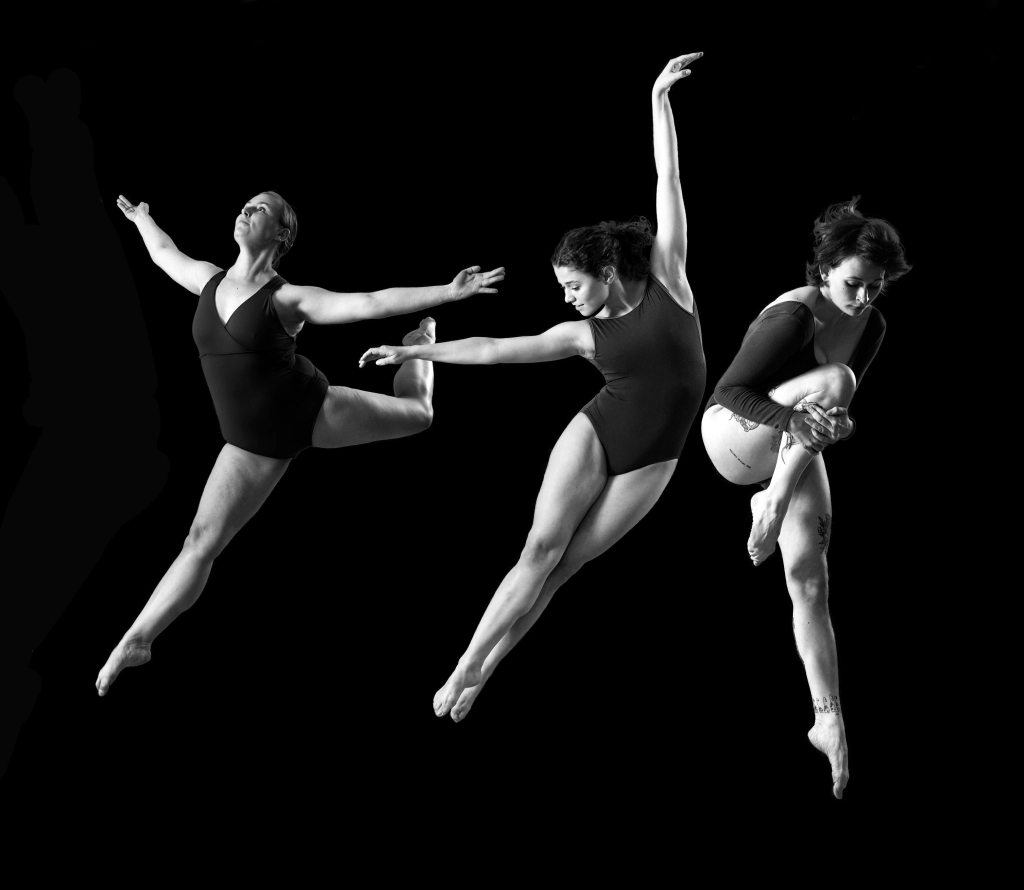2024 New Works Festival
A Dance Review
By: The Richmond Ballet
At: The Richmond Ballet Studio Theatre, 407 E Canal St, RVA 23219
Performances: March 19-24, 2024
Ticket Prices: $25 – $130, Student discounts available
Info: (804) 344-0906, etix.com, or richmondballet.com
THE PROGRAM
GHOST AT THE PARTY
Choreography by Emily Adams [Ballet West]
Original Score by Katy Jarzebowski
Score Mix by Peter Horner
Costume Design by Emily Morgan
Lighting Design by Nathan W. Scheuer
World Premiere: March 19, 2024, Richmond Ballet, Richmond Ballet Studio Theatre, Richmond, VA
LAST TOUCH
Choreography by Andrea Schermoly [Louisville Ballet]
Music by Gustav Mahler
Costume Design by Emily Morgan
Lighting Design by Nathan W. Scheuer
World Premiere: March 19, 2024, Richmond Ballet, Richmond Ballet Studio Theatre, Richmond, VA
ONE STEP CLOSER
Choreography by Ricardo Graziano
Music by Philip Glass
Costume Design by Emily Morgan
Lighting Design by Nathan W. Scheuer
World Premiere: March 19, 2024, Richmond Ballet, Richmond Ballet Studio Theatre, Richmond, VA
TRIPLE STEP
Choreography by Ira White
Music by Alex da Kid, Gil Scott-Heron, Jamie xx, Yussef Dayes, Venna, Charlie Stacey
Costume Design by Emily Morgan
Lighting Design by Nathan W. Scheuer
World Premiere: March 19, 2024, Richmond Ballet, Richmond Ballet Studio Theatre, Richmond, VA
The Background
The four choreographers selected for The New Works Festival are each given 25 hours to work with their cast. The result is a 10-minute original work, either a full ballet, an excerpt of a longer ballet, or a work-in-progress.
The New Works Festival was started in 2008 as a way for choreographers – both new and established – to introduce their creative ideas to the Richmond Ballet dancers and audiences.
This year, one of the choreographers was Ira White. The home-grown dancer and now rehearsal assistant and choreographer is an 11-year member of the company (three years with the apprentice company, RBII, now re-branded as the Studio Company, and eight years with the main company) and got his start as a member of the Richmond Ballet’s Minds In Motion Youth Program.
The Review
The program opened with the heart-thumping “restlessness of the soul” of Emily Adams “Ghost at the Party.” The ensemble was led by Jack Miller, Izabella Tokev, Aleksey Babayev, and Christian Renforth. The women’s corseted dresses with filmy skirts paired with the men’s bare chests lent an air of romanticism as well as mystery to this ballet by Emily Adams, a Principal with Battel West (Salt Lake City, UT).
From there, we ventured to Last Touch, by Andrea Schermoly,123 Resident Choreographer of the Louisville Ballet (KY). Set to the “Adagietto” movement of Gustav Mahler’s Fifth Symphony,” the ballet features a beautiful opening and a moving, organic duet.
Ricardo Graziano, a Principal dancer with the Sarasota Ballet (FL) brought us One Step Closer, a surprisingly lyrical ballet set to two etudes by Philip Glass. Eri Nishihara and Christian Renforth led the ensemble in this satisfyingly pared down leotard ballet.
Richmond Ballet’s own Ira White earned a standing ovation with his jazzy Triple Step, set to selections by Alex da Kid Gil Scott-Heron, Jamie xx, Yussef Dayes, Venna, and Charlie Stacey. The upbeat, colorful, and flirtatious work visually borrowed from a 1950s sock hop and dynamically reminded me, nostalgically, of the phenomenal group works of Talley Beatty and Donald McKayle.
All costumes were designed by Emily Morgan, and lighting by Nathan W. Scheuer, both talented members of the Richmond Ballet team.
The Richmond Ballet’s annual New Works Festival did not disappoint, and it is highly likely that we will see more from one or more of the 2024 choreographers. For many of us, after all, the New Works Festival was our introduction to Ma Cong. He presented Ershter Vals for the 2009 New Works Festival and will become the company’s the Artistic Director when Stoner Winslett completes the transition to Founding Artistic Director on July 1.
The Author
Julinda D. Lewis is a dancer, teacher, and writer who was born in Brooklyn, NY and now lives in Eastern Henrico County. When not writing about theater, she teaches dance history at VCU and low impact dance fitness classes to seasoned movers like herself, and occasionally performs.
Photos by Sarah Ferguson







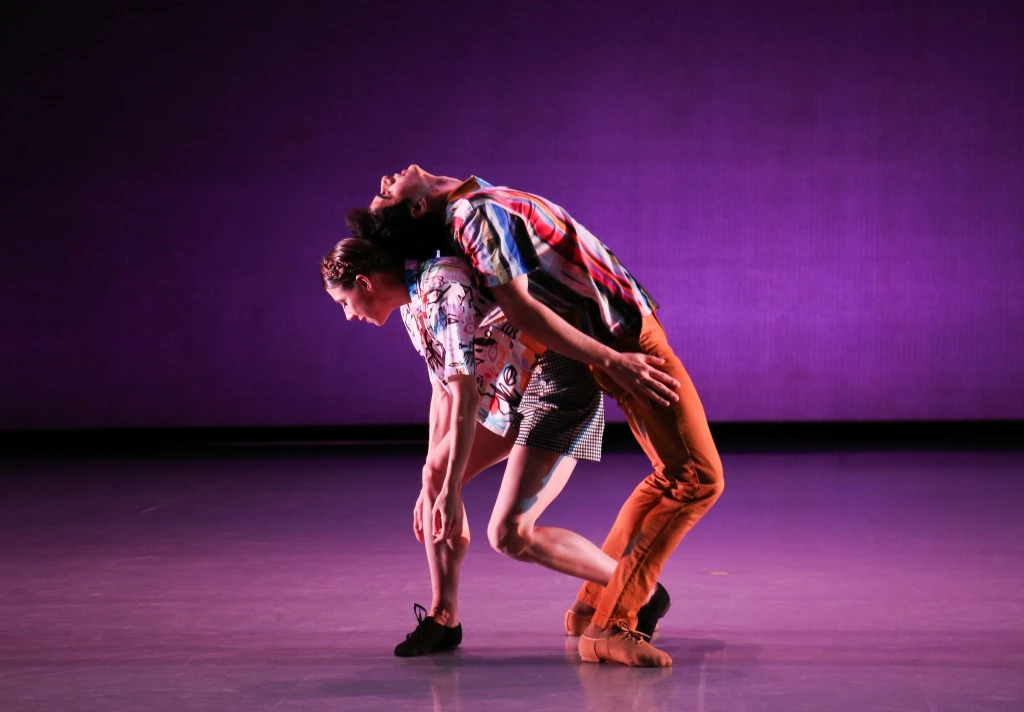
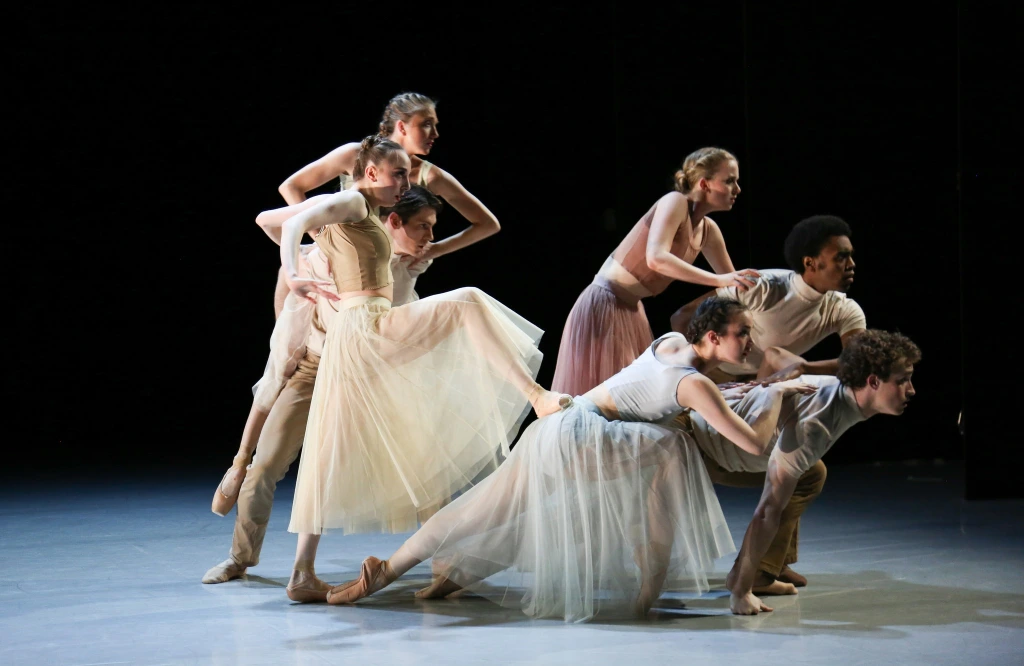
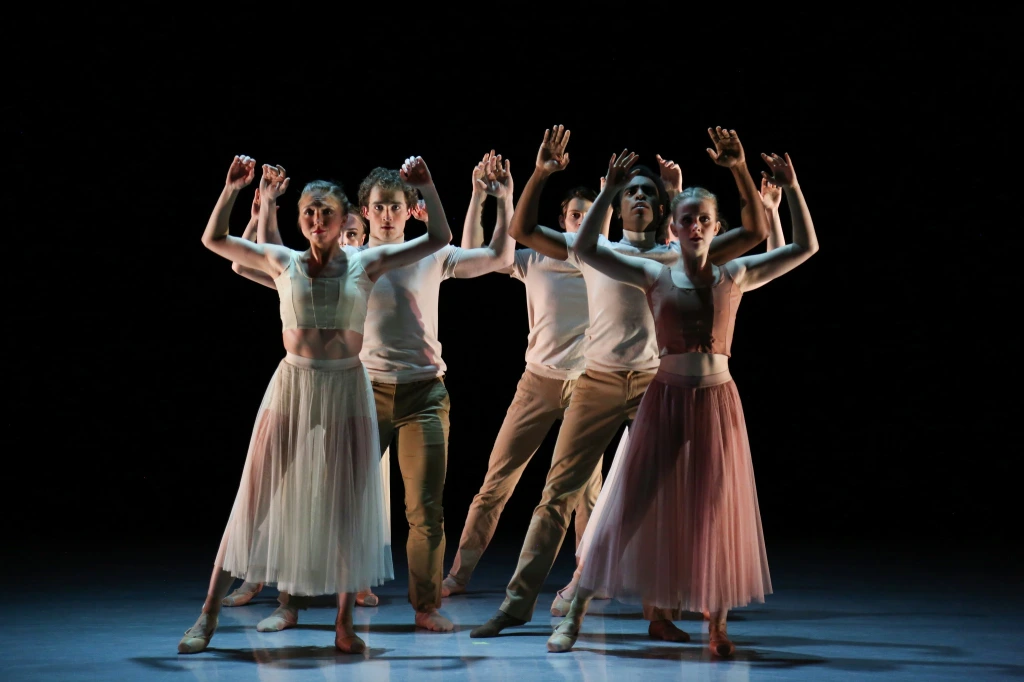
do you like what you see here
Make a donation to RVART REVIEW
Make a monthly donation
Make a yearly donation
Choose an amount
Or enter a custom amount
Your contribution is appreciated.
Thank you.
Your contribution is appreciated.
Your contribution is appreciated.
DonateDonate monthlyDonate yearly
